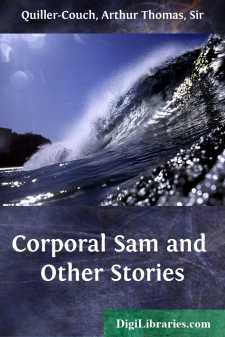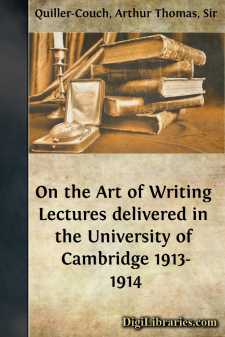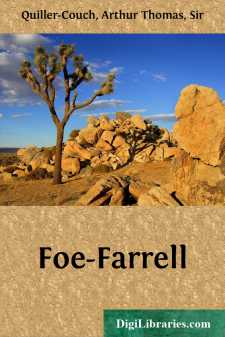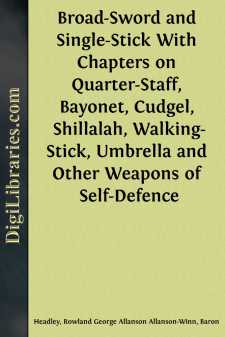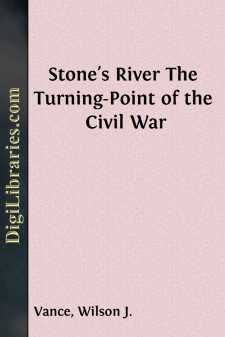Categories
- Antiques & Collectibles 13
- Architecture 36
- Art 48
- Bibles 22
- Biography & Autobiography 813
- Body, Mind & Spirit 141
- Business & Economics 28
- Children's Books 12
- Children's Fiction 9
- Computers 4
- Cooking 94
- Crafts & Hobbies 4
- Drama 346
- Education 46
- Family & Relationships 57
- Fiction 11826
- Games 19
- Gardening 17
- Health & Fitness 34
- History 1377
- House & Home 1
- Humor 147
- Juvenile Fiction 1873
- Juvenile Nonfiction 202
- Language Arts & Disciplines 88
- Law 16
- Literary Collections 686
- Literary Criticism 179
- Mathematics 13
- Medical 41
- Music 40
- Nature 179
- Non-Classifiable 1768
- Performing Arts 7
- Periodicals 1453
- Philosophy 64
- Photography 2
- Poetry 896
- Political Science 203
- Psychology 42
- Reference 154
- Religion 513
- Science 126
- Self-Help 83
- Social Science 81
- Sports & Recreation 34
- Study Aids 3
- Technology & Engineering 59
- Transportation 23
- Travel 463
- True Crime 29
Corporal Sam and Other Stories
Categories:
Description:
Excerpt
CHAPTER I.
Sergeant David Wilkes, of the First (Royal) Regiment of Foot—third battalion, B Company—came trudging with a small fatigue party down the sandy slopes of Mount Olia, on the summit of which they had been toiling all day, helping the artillerymen to drag an extra 24-pounder into battery. They had brought it into position just half an hour ago, and already it had opened fire along with another 24-pounder and two howitzers mounted on the same rocky platform. The men as they descended heard the projectiles fly over their heads, and paused, distinguishing the scream of the shells from the dull hum of the round-shot, to watch the effect of the marksmanship, which was excellent.
Northwards, to their right, stretched the blue line of the Bay, where a single ship-of-war tacked lazily and kept a two-miles' offing. The smoke of the guns, drifting down on the land-breeze from the summit of Mount Olia, now hid her white sails, now lifted and revealed them in the late afternoon sunshine. But although blue held the upper heavens—cloudless blue of July—the sunshine that reached the ship was murky, almost copper-coloured; for it pierced through a cloud of denser smoke that rolled continuously along the western horizon from the burning houses of San Sebastian.
Sergeant Wilkes and his men, halting on the lower slope of the mountain where it fell away in sand-dunes to the estuary of the Urumea, had the whole flank of the fortress in view. Just now, at half-tide, it rose straight out of the water on the farther bank— a low, narrow-necked isthmus that at its seaward end climbed to a cone-shaped rock four hundred feet high, crowned by a small castle. This was the citadel. The town, through which alone it could be taken by force, lay under it, across the neck of the isthmus; and this again was protected on the landward side by a high rampart or curtain, strengthened by a tall bastion in its centre and covered by a regular hornwork pushed out from its front. So much for the extremities, seaward and landward. That flank of the place which it presented to the sandhills across the Urumea was clearly more vulnerable, and yet not easily vulnerable. Deep water and natural rock protected Mount Orgullo, the citadel hill. The sea-wall, for almost half its length, formed but a fausse braye for the hornwork towering formidably behind it. Only where it covered the town, in the space between citadel and hornwork, this wall became a simple rampart; stout indeed and solid and twenty-seven feet high, with two flanking towers for enfilading fire, besides a demi-bastion at the Mount Orgullo end, yet offering the weak spot in the defences.
The British batteries had found and were hammering at it; not the guns upon Mount Olia, which had been hauled thither to dominate those of the citadel, but a dozen 24-pounders disposed, with a line of mortars behind them, on the lower slope above the estuary, where an out-cropping ridge of rock gave firm ground among the sand-dunes. The undulating line of these dunes hid this, the true breaching battery, from view of Sergeant Wilkes and his men, though they had halted within a hundred yards of it, and for at least an hour the guns had been given a rest....


